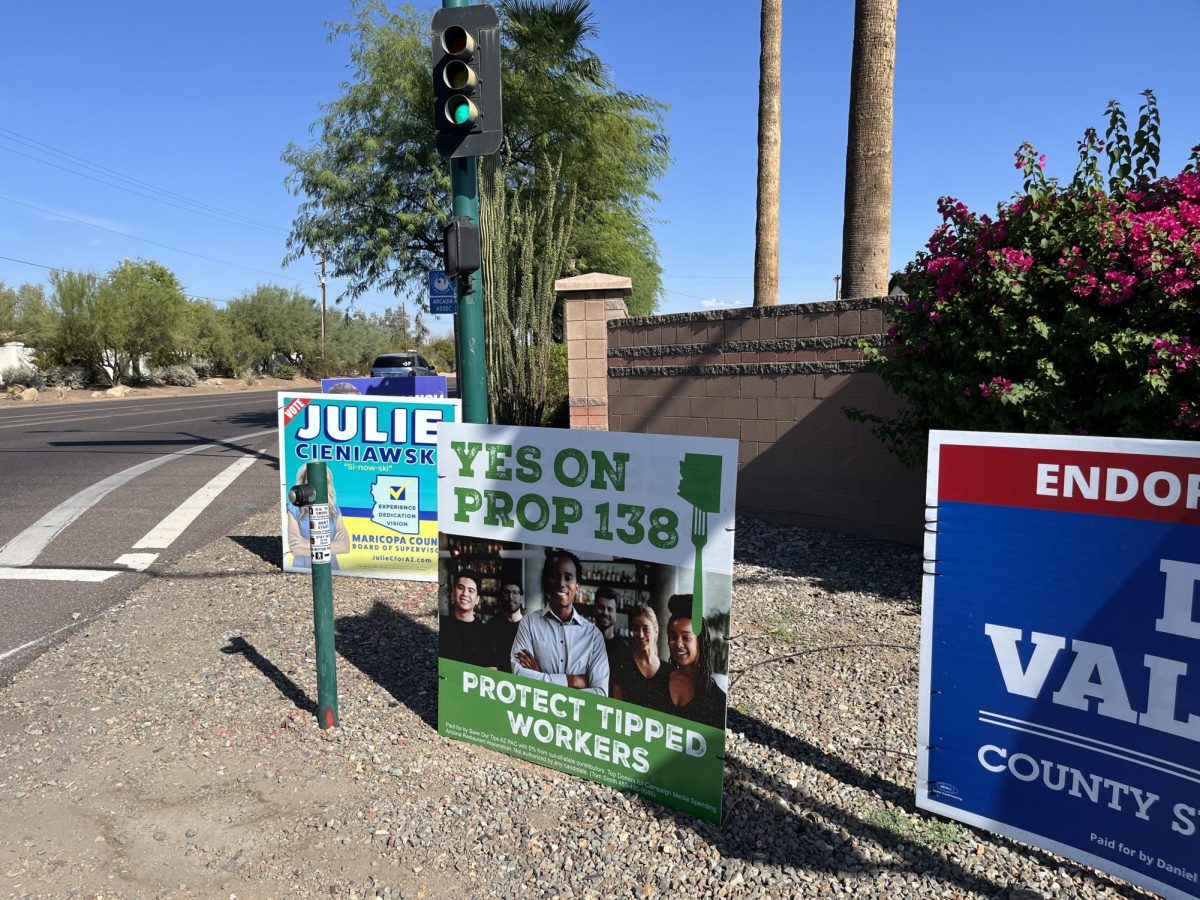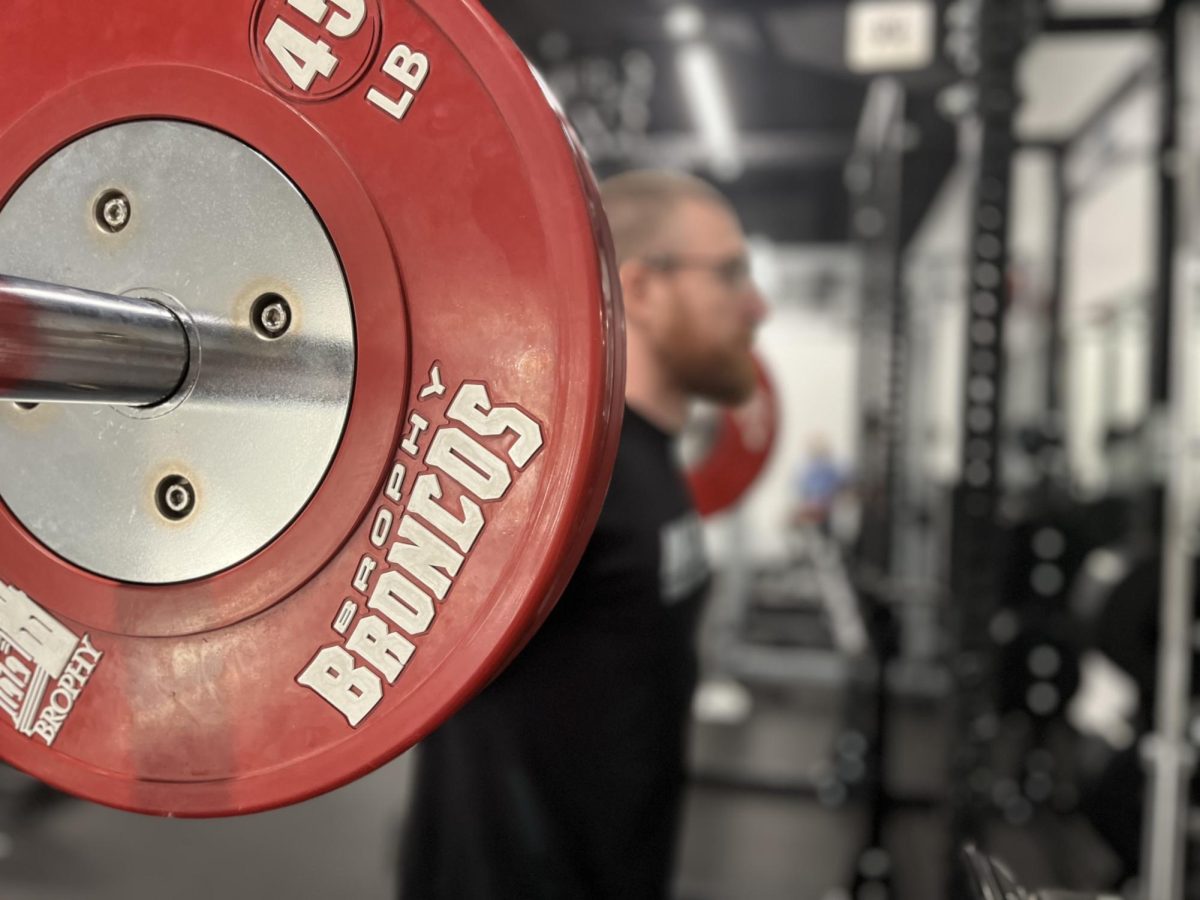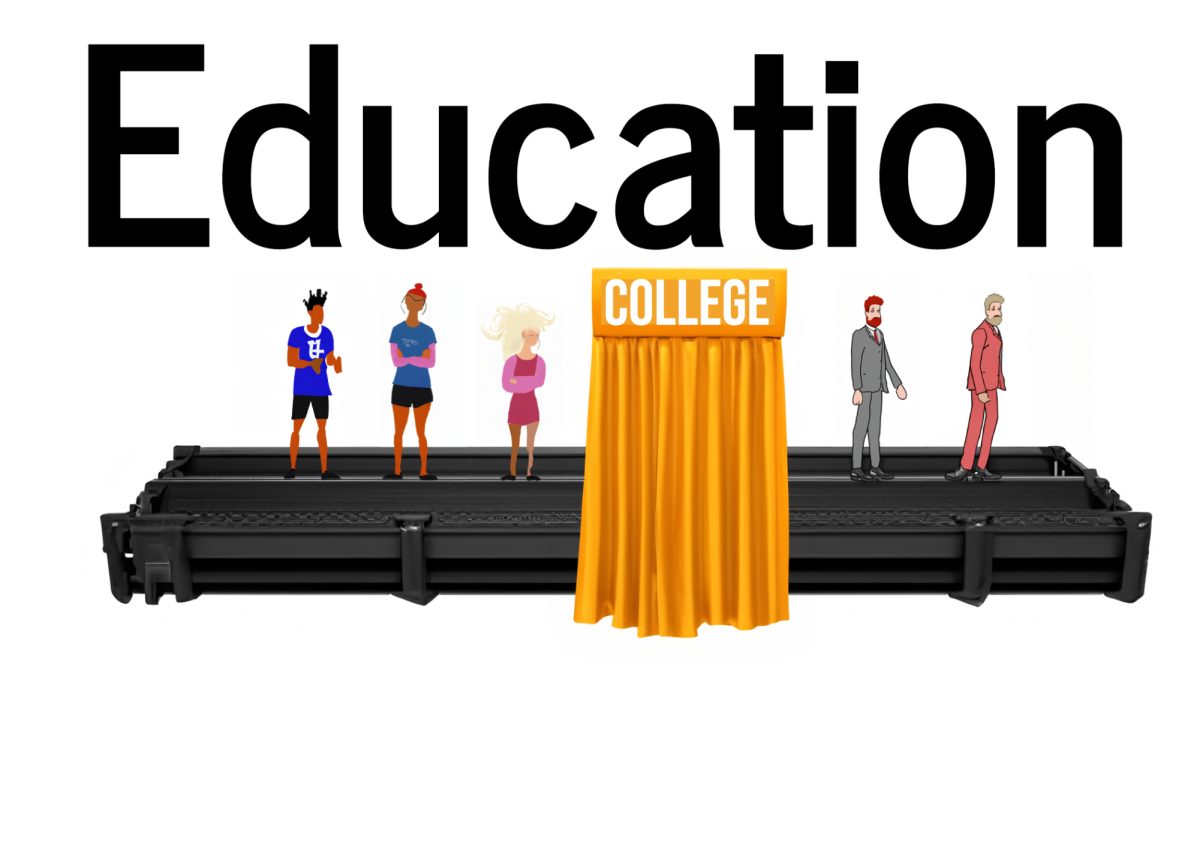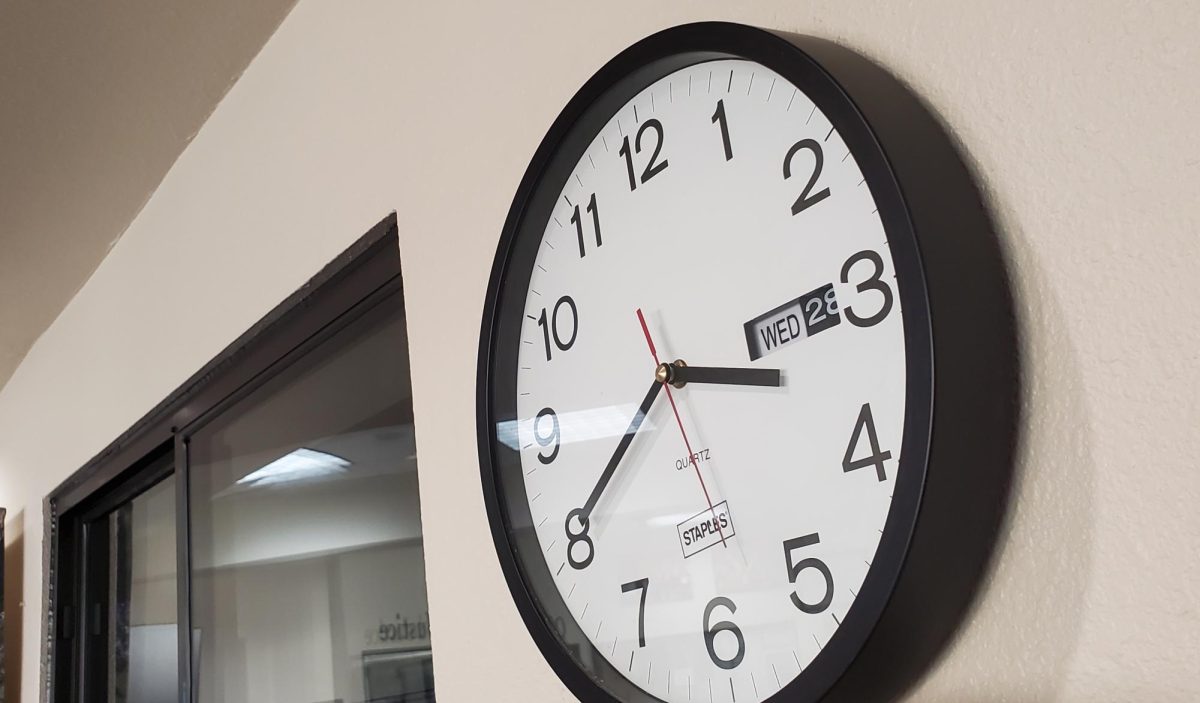Teachers Talk Politics: The Economy
By Ms. Kelly Guffey
SPECIAL TO THE ROUNDUP
The party conventions and political grandstanding are now behind us.
And that means that general election season is upon us.
Voters are going to be making their final choices about who they believe should lead our country.
The economy is typically the No. 1 voting issue for Americans.
Barack Obama and Mitt Romney have both started outlining their plans for speeding up the economic recovery and creating jobs.
So how does one increase economic performance? Spending.
The only way for the economy to rebound is for more spending to happen.
The downside is that increased spending (by the government) adds to the U.S. national debt, which is currently around $16 trillion.
The best (and fastest way) to speed up the recovery is for consumers to go out and buy things. Consumer spending is approximately 70 percent of the United States’ economic pie.
Consumer spending leads to higher revenues for businesses without the government having to go into a deficit.
In the absence of people spending money on their own, 1) businesses could spend money or 2) the government can incent people and/or businesses by giving them money or lowering their taxes.
If the federal government decides to cut taxes as a means to fix the economy, the loss of revenue will increase the national debt, so they have to balance the cuts with increases somewhere else.
Our current economy is recovering slowly for several reasons.
First, consumers just aren’t spending as much as they used to because they are unsure about their job prospects. The unemployment rate is around eight percent, which is still higher than the usual four percent. If you’re afraid you may lose your job next year, you’re probably not going to go out and buy a new car.
Second, the Great Recession caused consumers to increase their personal savings rate, or pay down their personal debt, instead of racking up big credit card bills.
In the long-run this is good for individual consumers, but it slows down spending and thus the economy as a whole.
Third, the economy is going through a structural change. The jobs being cut from the economy (mostly industrial and manufacturing) probably won’t be coming back to the United States and the jobs that are being created are service jobs in healthcare, hospitality, retail and government.
In addition, the United States is starting to see more foreign competition in high-end jobs, like pharmaceuticals, information technology and semiconductors. Most economists agree that the country’s new “normal” unemployment rate will be in the five to six percent range instead of four percent.
Below I have outlined some of the biggest areas of difference between the two presidential candidates along with a basic definition of what the tax entails.
Bush Era Tax Cuts
These are “temporary” tax cuts suggested by the George W. Bush administration in 2001 and 2003. They are set to expire at the end of this year unless Congress passes another extension.
Obama: Extend the Bush-era tax cuts for households making $250K or less, so their taxes would stay the same. Taxes for households $250K or higher would increase to pre-2001 levels (approximately 3.5 percent higher than where they are now).
Romney: Extend the Bush-era tax cuts for all households. He proposes off-setting these by closing tax loopholes, but has yet to say which ones he would cut. Common loopholes include: tax deductions for home mortgage interest, college tuition, donations to charities and healthcare costs.
Payroll taxes
These are deducted directly from workers’ paychecks for Social Security. The rate was cut from 6.2 percent to 4.2 percent in 2008 and both candidates would like to keep it at the new level.
Investment taxes: When people and businesses earn money through the stock market (as opposed to other jobs) their income is taxed at a much lower level than regular “take-home” pay. For example, if you made $100K this year on your stocks and bonds, you would pay around 15 percent in taxes. If you made $100K income this year for being a professor, you would pay around 25 percent in taxes.
Obama: Raise taxes on investment income to 20 percent.
Romney: Eliminate investment income taxes for people making $100K or less. He would keep the current rate of 15 percent for investors making more than $100K per year or more.
Alternative Minimum Tax
The AMT was modified in the 1980s as a way to make sure that higher-income individuals were paying the proper amount of taxes. People with higher incomes have more opportunity to pay accountants and business managers who can hide their income in tax shelters or shift it to areas where taxes are lower. If your income is higher than a certain amount (around $300K today) and you have calculated that you owe less in taxes than the AMT amount (around 25 percent today) you have to pay the larger of the two amounts.
Obama: Keep the AMT, but would index it for inflation.
Romney: Get rid of the AMT.
Corporate taxes
Obama: Cut the highest rate to 28 percent from the current 35 percent.
Romney: Cut the highest rate to 25 percent.
The information on Obama’s plan is from the 2013 budget proposal his office sent to Congress plus statements from his campaign website.
Romney’s plan is still being ironed out, but most of the data above has come from his campaign website, statements he has made in speeches and newspaper interviews.
Important note
The President of the United States can’t create jobs or change taxes. That is a Congressional power. The only thing he can do is suggest a budget to Congress and use his leadership skill to attempt to get it passed with as few changes as possible.
























